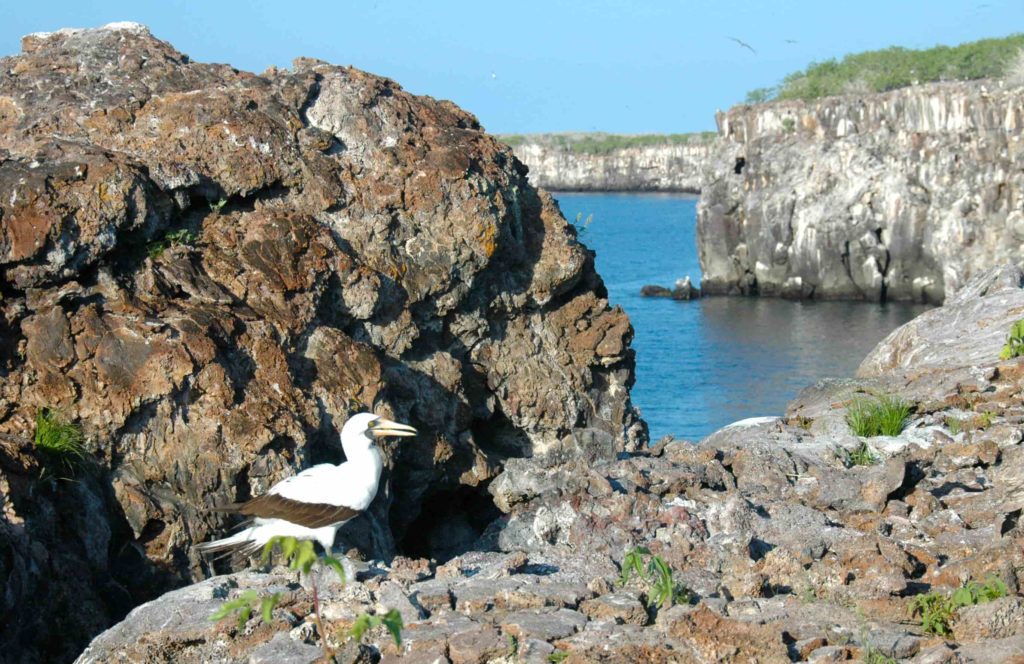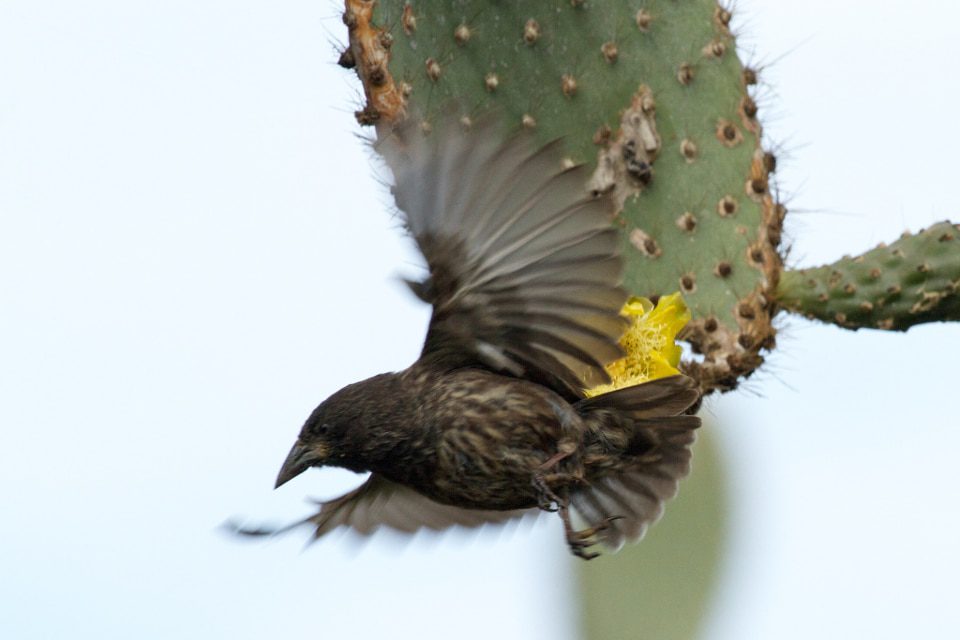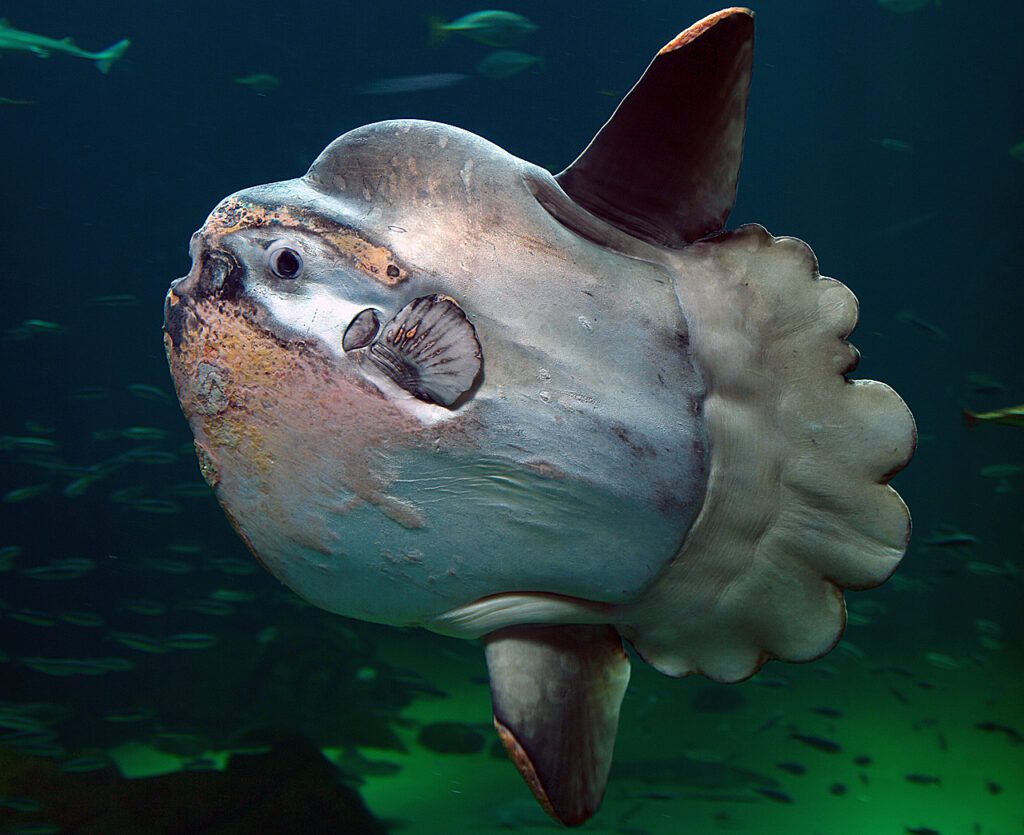Creeping about in the bushes and clusters of rocks that makeup the enchanted isles, the Galapagos lava lizard darts in and out of its tiny alcoves to examine the lumbering giants that kneel down to peer at them. They’re nearly as ubiquitous as the Galapagos sea lions that seems to do every beach in the Galapagos, but nowhere near as undisturbed by our size as the former. They might pose and freeze momentarily, but they’re a little more skittish than the sea lions themselves. Often times, they seem to be just about the only things that move over the mesmerizing black lava fields throughout the archipelago.
They’re so ubiquitous that Charles Darwin, when camping on Santiago Island (one of the 4 islands he visited and camped at back in 1835) said that there were so many lava lizards and land iguanas that he barely managed to find a spot to pitch his tent.
TALK TO A DESTINATION EXPERT
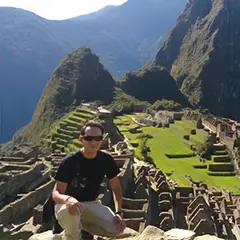
Diego Zapata

Rosa Mena

Sandy Lara

Diego Zapata

Rosa Mena

Sandy Lara
The Magnificent Seven
On a similar note, these tiny creatures are actually a perfect example for his theory of evolution by natural selection, too. Science has found evidence that sheds light on the possibility that all seven species of lava lizard that are in the archipelago actually evolved from a single, parent species. When examined closely, side-by-side, the Galapagos lava lizard exhibits only slight variations in its shape, color and behavior. Each species inhabits a different island, which indicates that each species evolved in isolation and were somehow separated by physical barriers that are no longer present and, consequently, allow them to breed independent from each other. Which is why you might encounter different types of lizards on our Galapagos Islands tours.
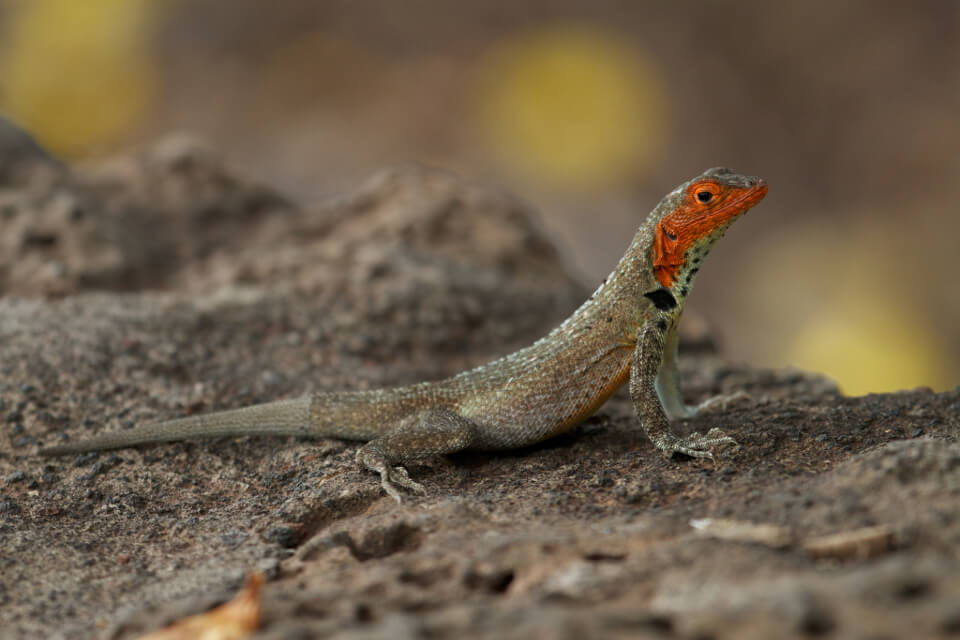
Curiously, the seventh species of lava lizard inhabits the entire Northern and Central portion of the archipelago. Why? Some posit the idea that this cluster of the archipelago could’ve been interconnected back when there were lower sea levels. As a result, it’s not all that impossible to consider the idea that this seventh species also evolved in isolation, except they evolved over one massive area of the archipelago that eventually turned into a number of different islands. Here is a list of all the Lava Lizard species:
- Galapagos – inhabits entire Western and Central region of the archipelago
- Española
- Floreana
- Marchena
- Pinta Lava
- Pinzon
- San Cristobal
The Devil is in the Details, the Angel is in the Islands
Slim bodies, pointed heads and long tails, the lava lizards of Galapagos look more like a sleek and sporty version of the beefy land iguana. Not to mention, they even have a more captivating “paint job.” Distinguishing the seven lizards is rather hard, but the convenient thing is that each unique species is exclusive to each individual islands (save for the western and central ones). Lava lizards are relatively small, and you’ll find yourself making numerous double-takes to make sure that it’s a lava lizard you saw and no a falling twig or wandering leaf.
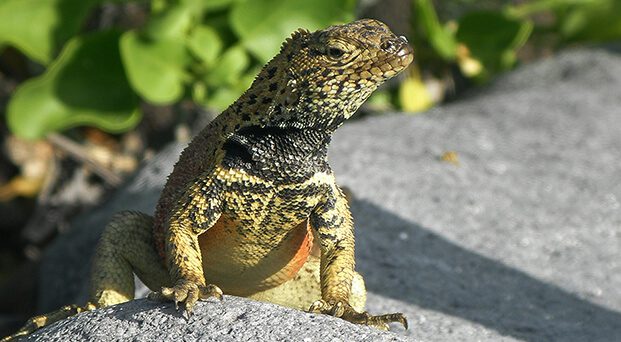
Their colors are also the perfect fit for camouflaging under the flora of the islands, and their dynamic hues often not only differ from species to species but also within species. They can range from grey to green or brown to black. Lucky is the visitor with cunning eyes that manages to spot a lava lizard with mesmerizing flecks and stripes of gold or copper. Males tend to be larger than females, and the latter has a distinctly-colored red throat. Their size tends to average anywhere from 5 to 6 inches in length, but some have been recorded to be a foot.
Small but Fearless Contenders
Despite their minuscule size, lava lizards in the Galapagos tend to show little to no fear of humans, when it comes to their own kind, however, they can be rather territorial. Using an amusing little technique that involves a motion akin to “push-ups,” lava lizards express their dominance by moving up and down parallel to the ground. This is typically used by males in order to protect their surrounded territory (which is usually occupied by females). In the event that this doesn’t work, the quarrel might escalate into bites and or tail slapping.
To help protect themselves against predators, they rely on the most simple of defense mechanisms – camouflage. Lava lizards have been observed changing their color to blend in more effectively with their surrounding environment, usually in response to temperature changes or feeling threatened. They also wield the remarkable ability off disconnecting their tails from their bodies in the event of a predator grabs it. Disconnected tails serve as a nice decoy for predators, as these keep squirming around on the ground after being left behind. Fortunately for the lava lizards, they can regrow their tails.
And don’t let their size let you underestimate their importance on the islands! These little critters are a key factor in helping maintain insect populations (locusts, moths, flies, beetles, spiders, and ants) at decent levels. Lava lizards in Galapagos have also been observed eating dry plants, making their diet rather dynamic. This means that during events such as El Niño, the Galapagos lava lizard is incredibly capable of enduring such dramatic changes in weather patterns.

Javier Garcia

Eduardo Silva

Carolina Escobar
START PLANNING YOUR TRIP

Javier Garcia

Eduardo Silva

Carolina Escobar
Get in touch for more
CONTACT US
